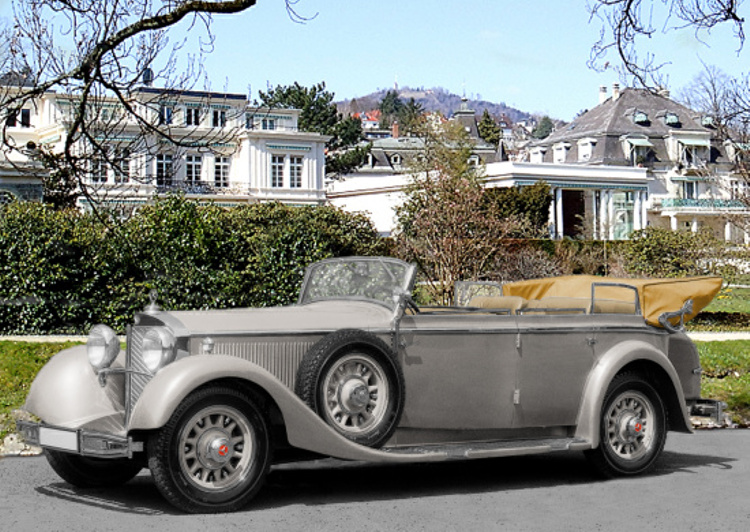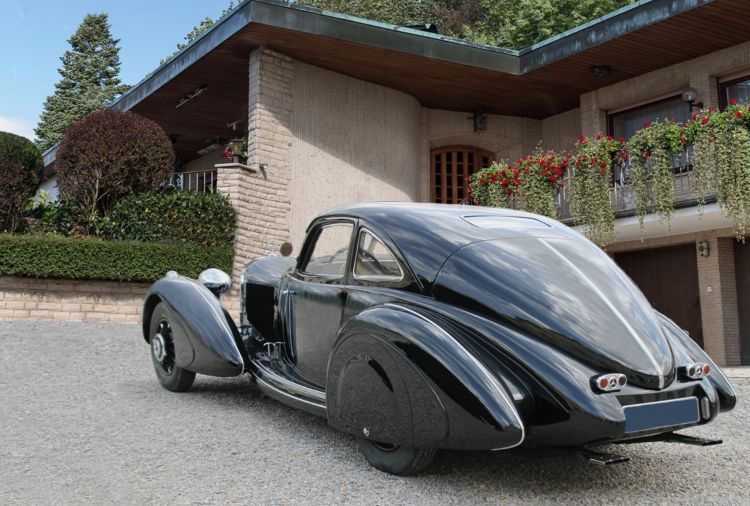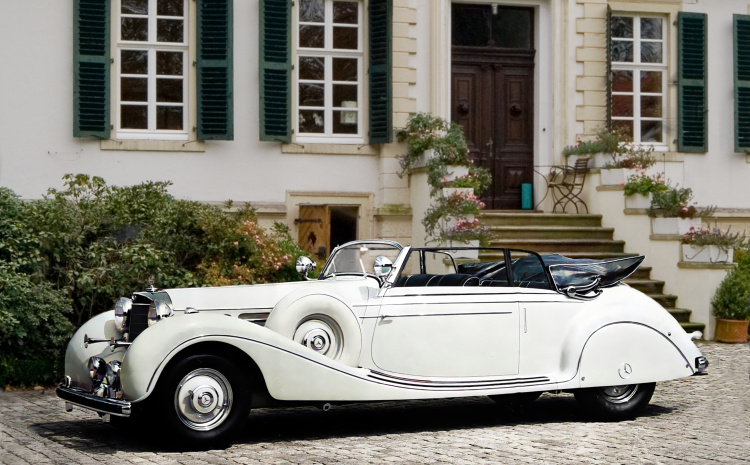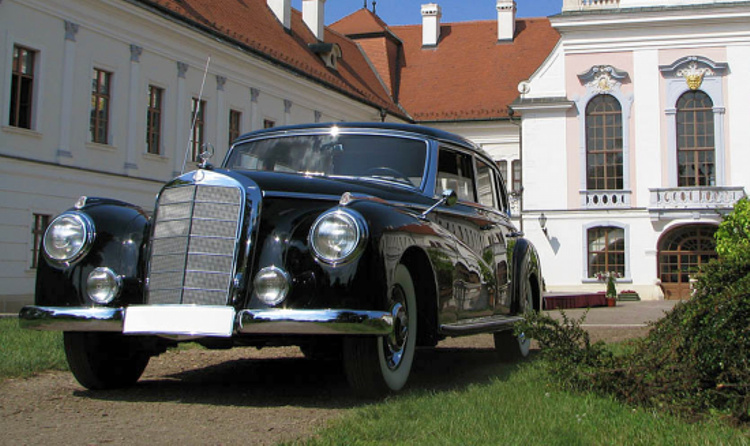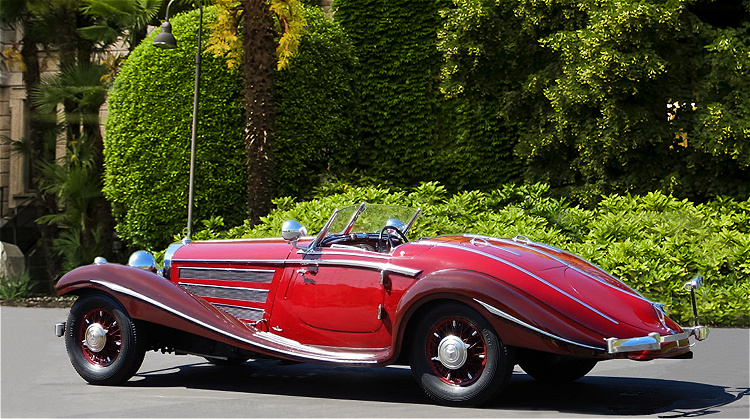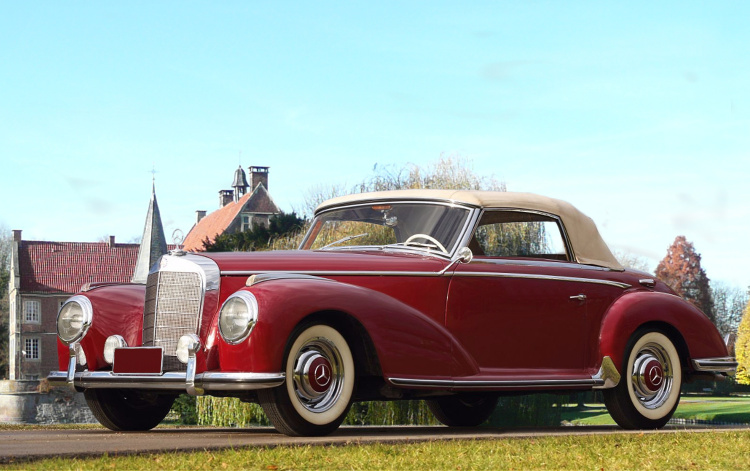Mercedes 770 W07 “Grosser”, the Mercedes eight-cylinder Premium luxury car
Mercedes 770 W07: Unveiled at the 1930 Paris Motor Show, the Mercedes was an elegant, yet slightly conservatively designed super-luxury automobile. It was the largest model Daimler-Benz had produced to date and quickly earned the nickname “Grosser”.
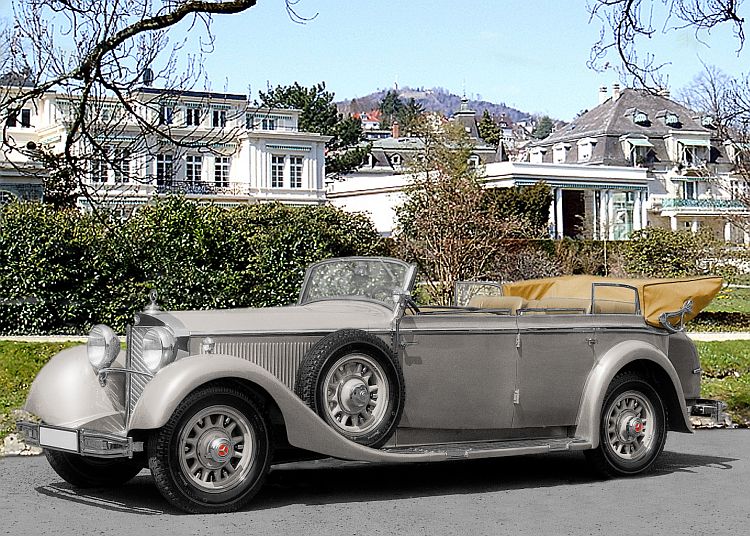
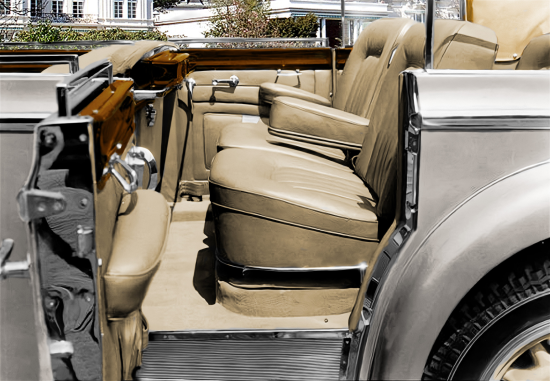
Both above photos show a 770 Cabriolet F
The 770 (internal code W07) was powered by an eight-cylinder inline engine that displaced 7.7 liters and produced 150 bhp. With the optional supercharger engaged its output rose to 200 horsepower. The supercharger was a popular option and most cars were fitted with it. Only 13 buyers opted for the normally aspirated engine.
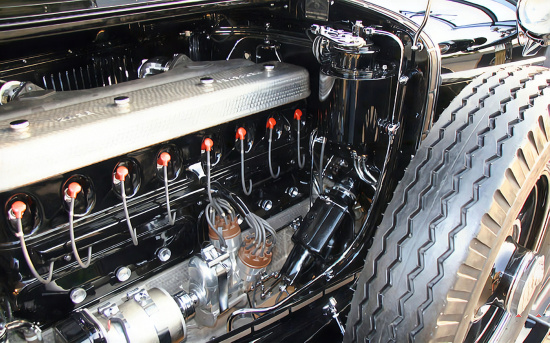
The wheelbase offered an ideal platform for coach-built models
At close to 3,750 mm, the wheelbase provided an ideal platform for the creation of bespoke coach-built bodies. They were completely tailored to the individual customer’s desires. Many of them were built in-house in Sindelfingen.
The engine incorporated numerous advanced features. Made of wear-resistant chrome-nickel-alloy grey cast iron, the cylinder block was combined with a heavily ribbed crankcase. It incorporated an integral oil pan made of Elektron magnesium alloy.
No practical side valve engine could produce the required power. So the Mercedes 770 W07 unit used overhead valves actuated by means of roller tappets, pushrods and rocker arms controlled by a side camshaft running in nine bearings.
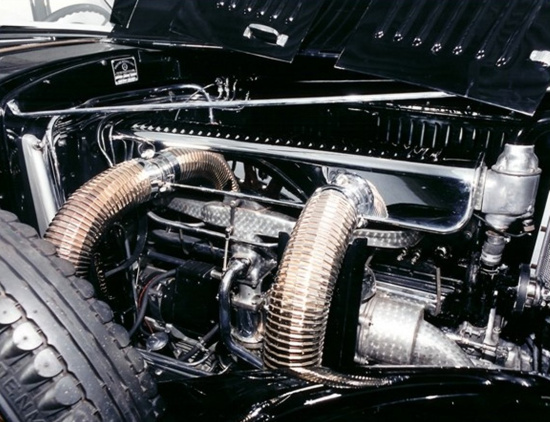
These exhaust pipes became more famous with the 500K and 540K models
The Mercedes 770 W07 engine was available with and without compressor
The low-compression (4.7:1) long-stroke engine developed its 150 horsepower at a modest 2,800 rpm. Its maximum torque of approximately 392 Nm (289 lb/ft) arrived at only 1,200 rpm. Despite weighing some 3.5 tons, the 770 was capable of reaching 150 km/h (93 mph). But this was deemed insufficient by the majority of the super wealthy customers, who could afford it. That is why the optional supercharger was offered.
Costing as much as a medium size family car, the Roots blower was fitted with exhaust pipes sheathed in flexible metal hose. They projected from the right-hand side of the hood. This was done for better heat dissipation. But at the same time it also served as a status symbol. With the blower installed, maximum power increased, as already mentioned, to 200 bhp at the same engine speed. The torque increased to a mighty 535 Nm (395 lb/ft) at 1,500 rpm. The top speed rose to 160 km/h (99 mph).
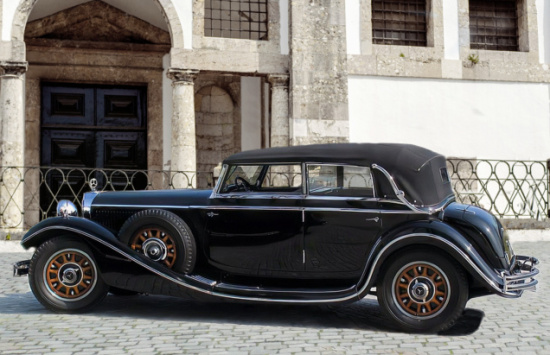
A 770 Cabriolet D from around 1933 with partition. Most cabriolets came equipped with it
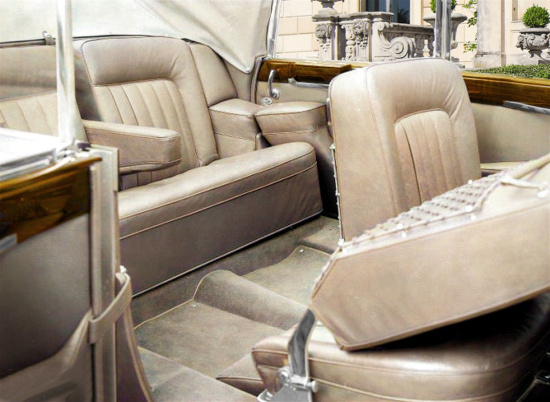
But some of them also came without a partition
Most bodies were built in-house
As already mentioned, the majority of bodies were provided by Mercedes-Benz’s popular in-house coachbuilding facility, Sindelfingen. This enabled the Mercedes 770 W07 to be delivered complete. It was an almost unheard of state of affairs in an age when bespoke bodies by independent coachbuilders were the norm for luxury cars.
In the course of the production span over eight years, the body design underwent various changes. It was first a rather box-shaped with upright windscreen, similar to designs that were popular in the 1920s. Later this evolved into more appealing coachwork with flowing lines and raked front screens.
A visual signature feature was the wedge-shaped pointed radiator. It afforded both vehicle and owner an impressive aura. The high ride comfort and quality standard of the 770 made a significant contribution to the global acceptance of the Mercedes-Benz brand.
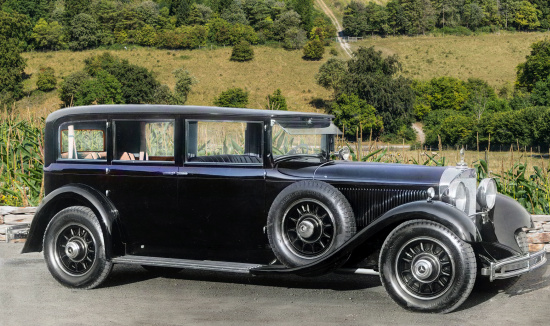
These three Pullman photos should demonstrate, how the body design evolved from 1930 to 1938. The car on top is from 1931 and the second one from 1935. The third one is from 1938. This last design was later also taken over by the 770 successor with the same name
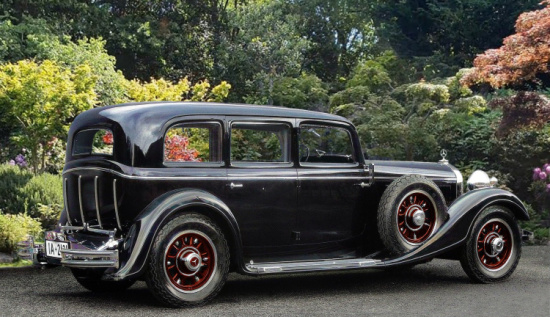
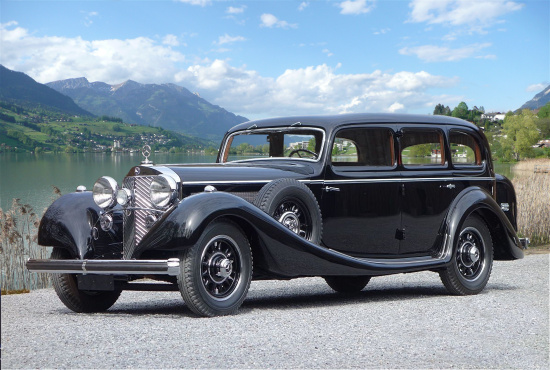
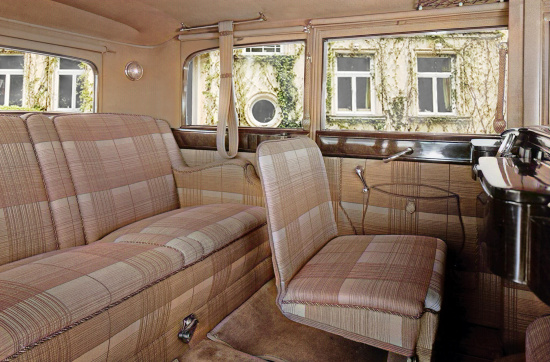
Disregarding their design, interior space was always more than adequate
As was customary in those days, various body styles were available:
- Pullman Sedan
- Open Tourer
- Cabriolet B
- Cabriolet C
- Cabriolet D and
- Cabriolet F
Naturally, customers were free to choose interior and exterior trim to suit their personal taste. So it is not surprising that, to a large extent, each car bore the signature of its original owner.
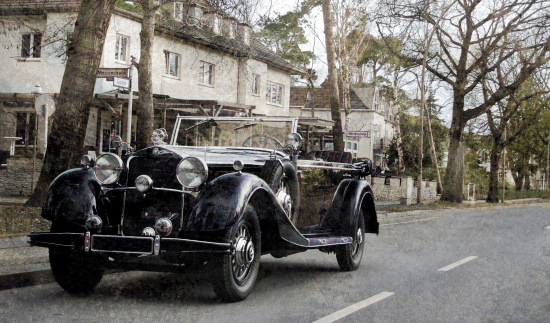
An Open Tourer, most probably from around 1935, here parked in Berlin. As can be seen from the next photo, it offered like all the other 770 versions plenty of rear leg room
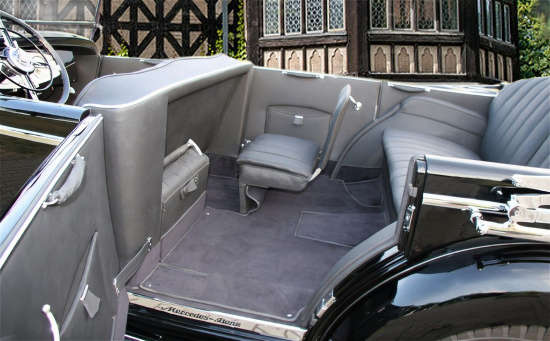
The huge Mercedes 770 W07 was even offered as two-door Cabriolet version
Even the cheapest Mercedes 770 W07 cost over 40,000 RM, roughly the price of a large family home. The top-of-range six-seater cabriolet cost over 47,000 RM. This made the 770 Grosser Germany’s most expensive car. It was even more expensive than a V12 Maybach. At this price level it was almost double as expensive as the 500K, introduced in 1934.
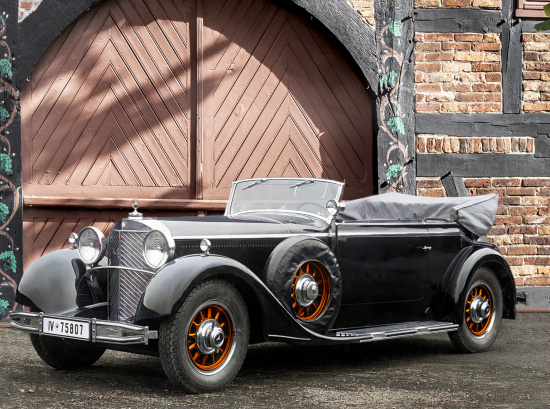
The car above is a Cabriolet B with Sindelfingen body from 1934. The one below a Cabriolet C from 1931. Sadly, none of these cars exist today anymore
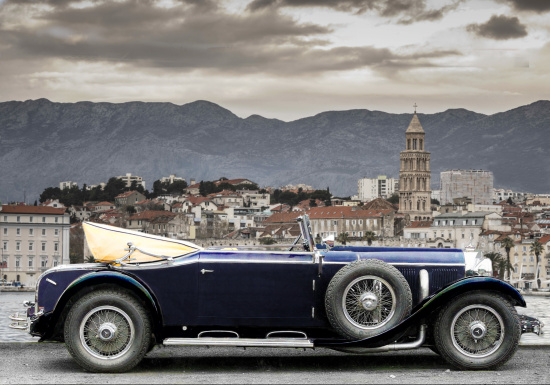
Ownership was necessarily confined to a wealthy elite. And a substantial percentage of the 117 examples produced from 1930 to 1938 was purchased by royalty. Here is a more detailed breakdown of the different models produced:
- Pullman Sedan: 42
- Open Tourer: 26
- Cabriolet D: 18
- Cabriolet F: 8
- Cabriolet C: 4
- Cabriolet B: 2
- Chassis: 19
Emperor Hirohito of Japan owned not fewer than seven. At least one of them armor-plated. Other royal owners included Kings Farouk of Egypt, Faisal of Iraq, Zog of Albania, Boris of Bulgaria. Kaiser Wilhelm II took delivery of his in Holland following his exile there after WWI.
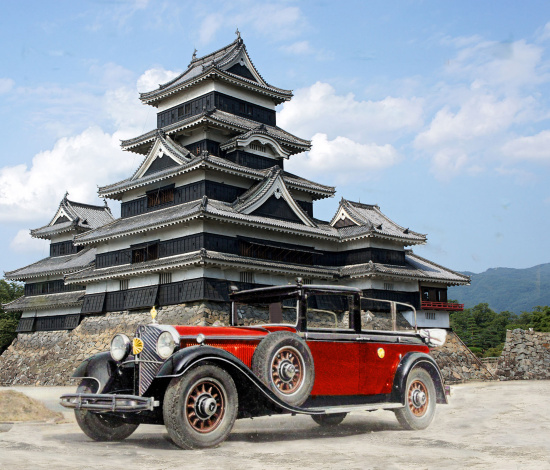
This is one of the cars owned by Emperor Hirohito
The first 770 was more popular with coachbuilders than its successor, which was mostly caused by the war
The last 770 W07 was produced in October 1938. At the same time series production of the successor model had started. It was already introduced in February 1938 and carried the same magical name, now with internal code W150.
Btw, Mercedes never called the car 770K, although most of them were equipped with a kompressor or supercharger. The following photos show just four of the cars that were built by an outside coachbuilder.
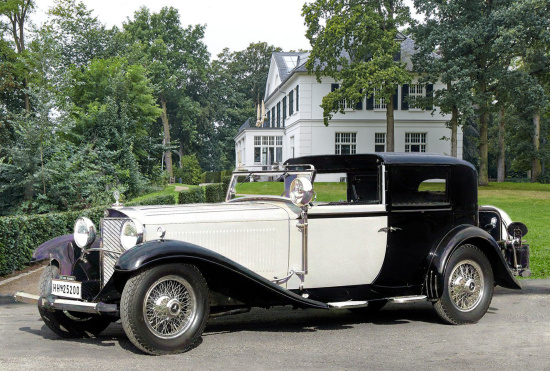
This 770 Town or City Coupé was built by Neuss from Berlin
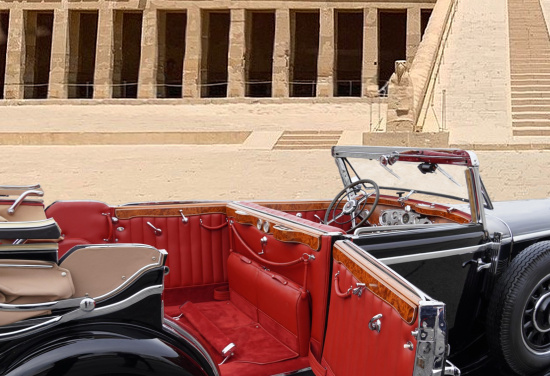
This Cabriolet F was built in 1932 by Voll&Ruhrbeck for King Faisal I of Iraq
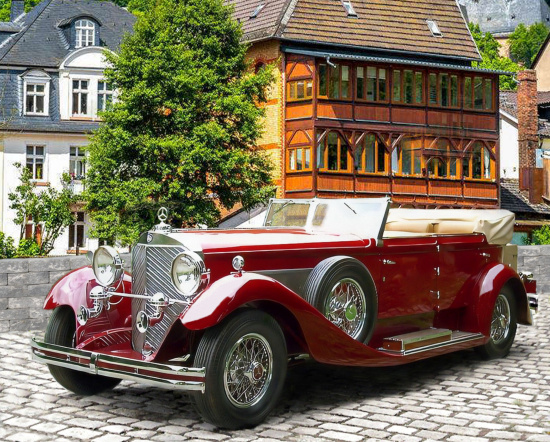
This spectacular Cabriolet was built in 1931 by Castagna
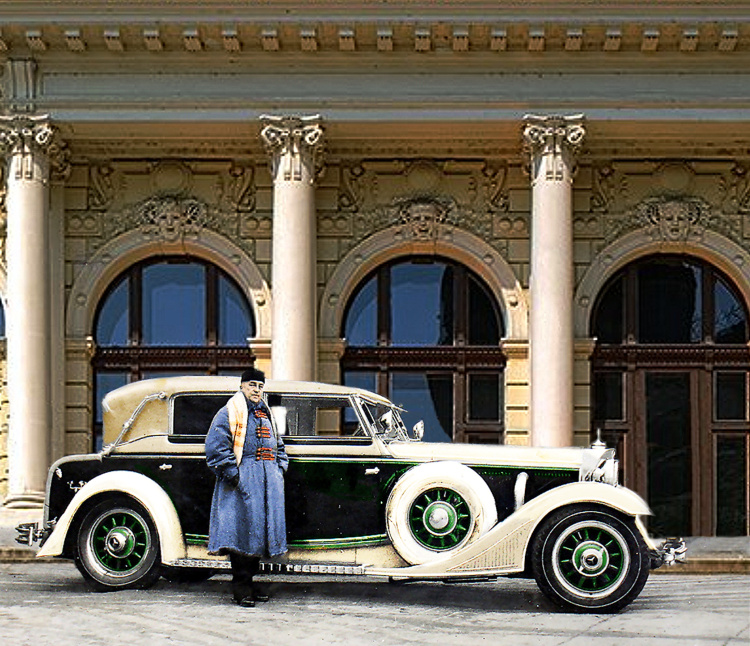
This Cabriolet D was built by Hungarian coachbuilder Zupka around 1934 for Austrian Arch Duke Joseph, who can be seen in this photo. Of these four examples only the Voll&Ruhrbeck and Castagna car still exist
If you want to know more about the development and history of these fascinating cars, here is the link to my book about them. With over 240 pages, it covers next to the 770 models also the 460, 500 and 380 eight-cylinder models of the 1930. Another chapter deals with the G4 all-terrain vehicles. Many new color photos, never published in a book before, show you interesting details of most of the cars.
The Link leads you the the US Amazon site. The title of the book is the same on Amazon in other markets.
